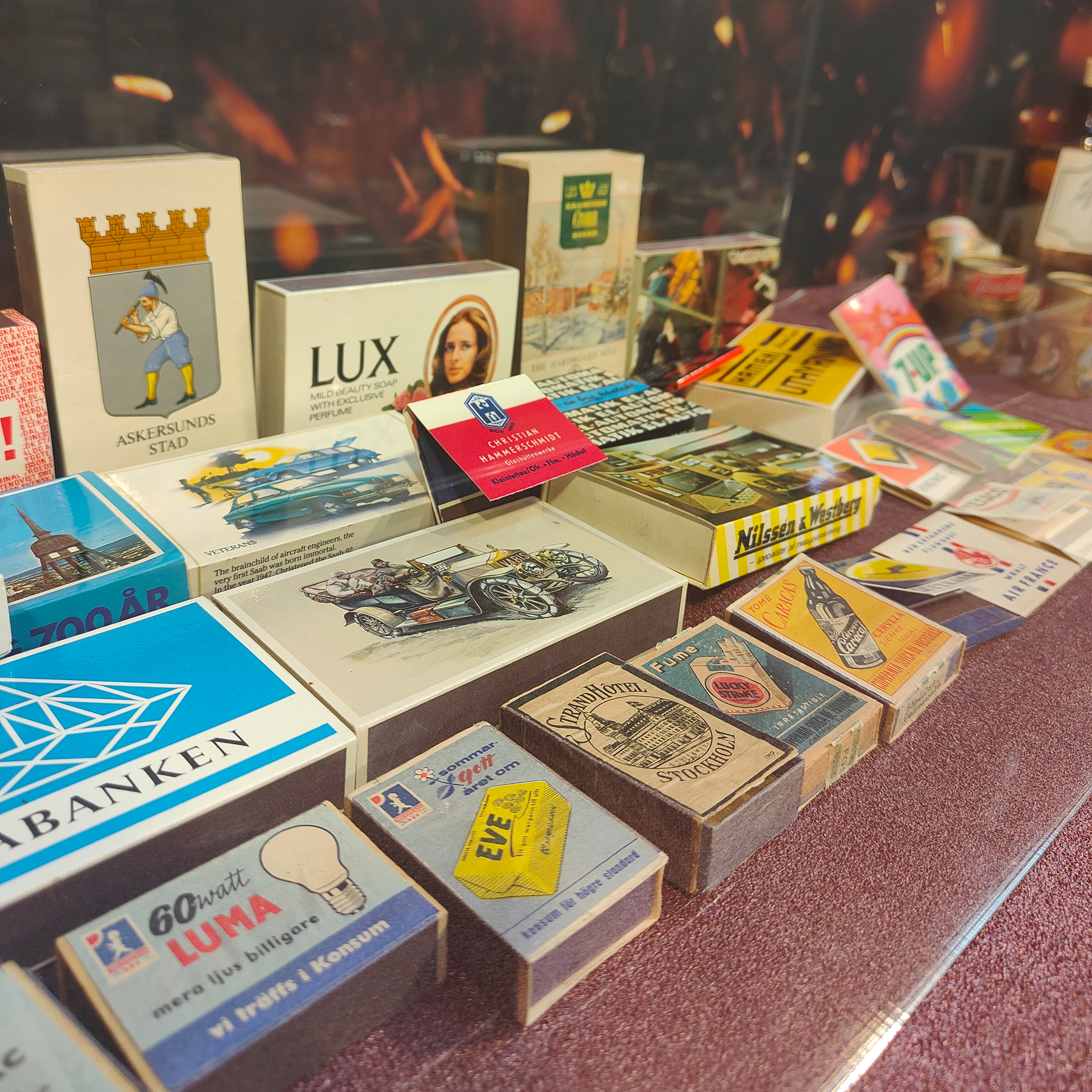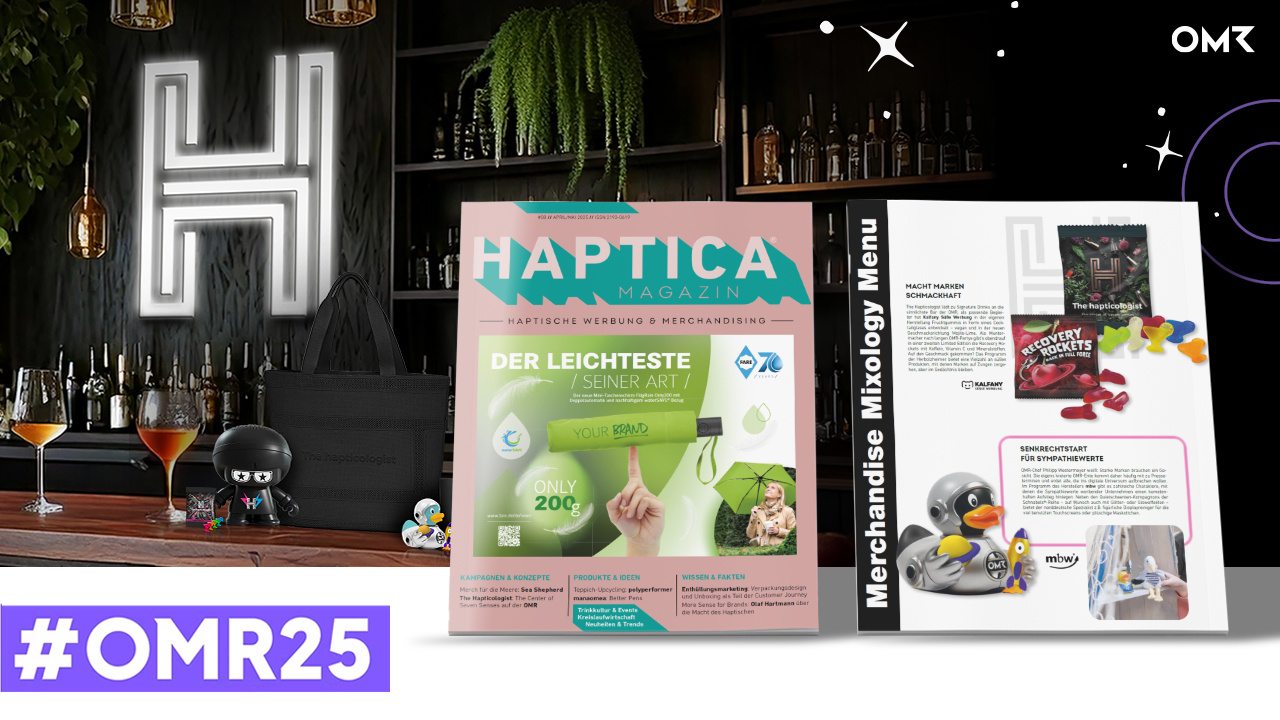The fascinating history of fire and how man came to master it is filled with moments where progress is combined with danger, from its theft by Prometheus to the emergence of modern safety matches. Matches have undergone many layers of evolution and confronted mankind with several challenges along the way to gaining control over the element of fire.
The three-way relationship of God, Man, and Fire has always been fraught with conflict. The theft of fire by Prometheus marks the origin of its cultural and industrial history. As Schiller said, “The might of fire is beneficial when tamed and guarded by man, who is grateful to this heavenly power for what it forms and what it creates.”
In prehistoric times, people started fires by rubbing stones or sticks together, since matches were unknown at that time. It was not until 1785 that early forerunners to the first matches began to appear. They consisted of small vials of phosphorus into which a small stick of wood was inserted. The stick was soaked in phosphorus and when it was pulled out of the bottle, it ignited by itself.
Who would have guessed? Astonishingly, the lighter actually came first historically. Johannes Wolfgang Döbereiner invented it in 1823 at the University of Jena. However, at the beginning of the 19th century, the development of matches was making rapid progress. Who got there first? In 1805, Jean-Louis Chancel invented the so-called Spark matches, which were coated with a mixture of gum arabic, potassium chlorate, sulfur and sugar. These matches could be ignited by contact with sulfuric acid.
Then came the English pharmacist John Walker. He invented the match by accident in 1826. During one of his explosive experiments, a drop of mixture stuck to the end of the stick he was using and then dried. To rub it off, Walker rubbed the wood across the floor. And lo and behold – the mixture flared up with sulfuric fumes. However, he never filed a patent for his invention. The highly flammable splints of wood with unpredictable compounds of white phosphorus that were subsequently developed, were poisonous for the workers that made them and caused houses, barns and factories to burn down to the ground.
In 1832, craftsman Jacob Friedrich invented a safer method of making matches using yellow phosphorus. In the mid-19th century, Böttger substituted the dangerous white phosphorus with the less risky red phosphorus. He developed safety matches with phosphorus on the friction surface and potassium chlorate in the ignition head. At the same time, the Swedish chemist Gustav Erik Pasch also invented safety matches known as Swedish matches, which became famous for their quality. After May 1884 however, the use of phosphorus (Greek for “light-bearing”) was severely restricted by strict laws due to its extreme toxicity.
The first time that matches were used as an advertising medium was in 1895, when actors from the Mendelson Opera Company in New York City pasted photos and slogans on a few boxes of empty matchboxes to promote an opera. Matchboxes quickly became one of the most popular and widely used promotional items. Being able to start a fire in a matter of seconds, no matter where you are, is something that not even Prometheus could have dreamed would be possible. And the smoky aroma that lingers in a room for a while afterwards – only matches can give you that!








